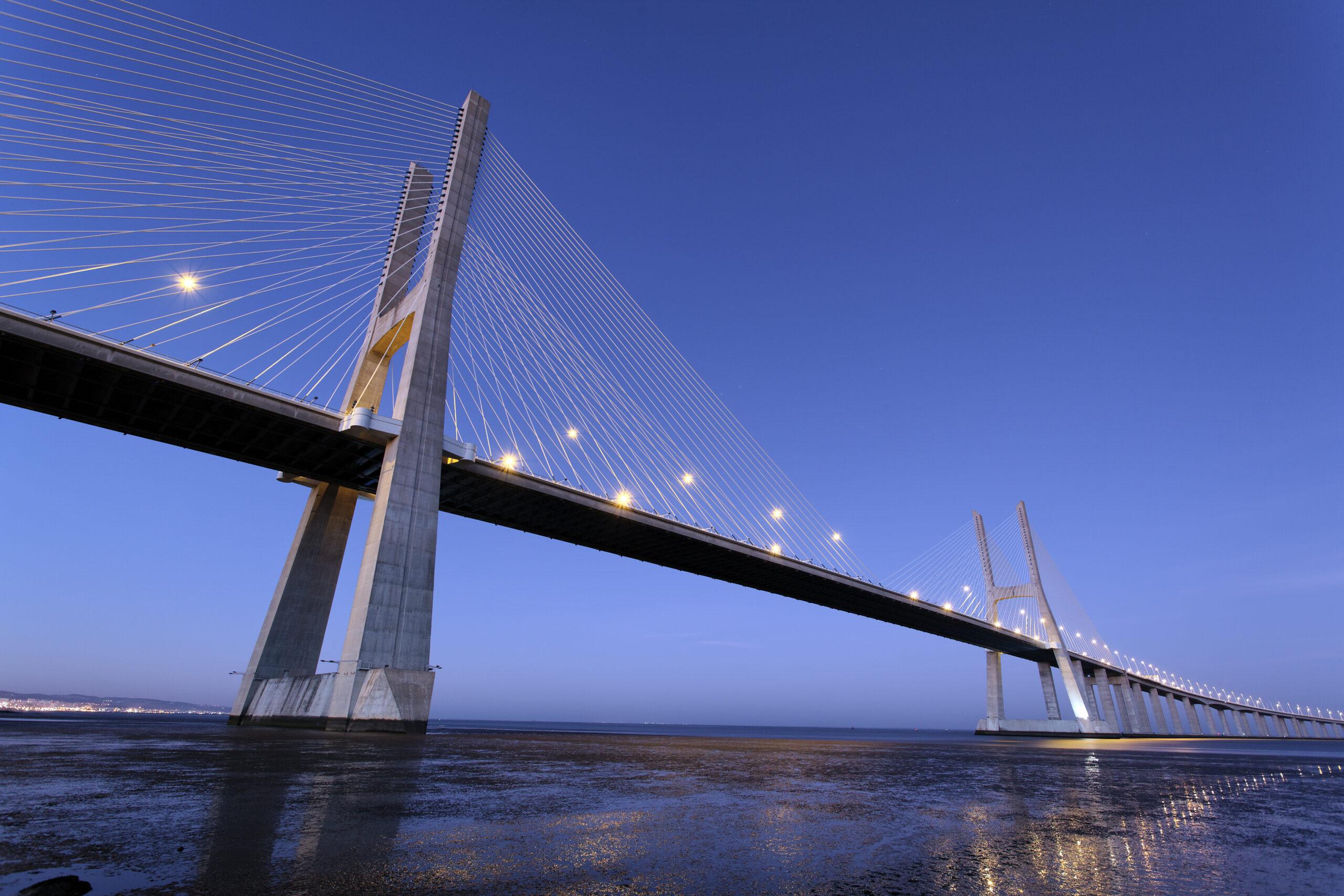The Fourth Mainland Bridge is more than a transport link—it’s a bold attempt to reimagine mobility in one of Africa’s most congested cities. Spanning 38 kilometers from Lagos Island to Ikorodu, this $2.5 billion project will be the second-longest bridge on the continent. With dedicated BRT lanes, nine interchanges, and a 4.5-kilometer stretch over the Lagos Lagoon, it promises to ease gridlock, especially along the overstretched Third Mainland Bridge. First conceived under former Governor Bola Tinubu and accelerated by Governor Babajide Sanwo-Olu, the bridge is finally set to break ground in 2025.
What sets this project apart is its financing model. Structured as a public-private partnership, it is one of Nigeria’s largest infrastructure undertakings without federal funding. Backed by a consortium led by CCECC and financial partners including Access Bank and Africa Finance Corporation, the plan includes a 40-year tolling arrangement to recoup investments and fund long-term maintenance. Though the absence of a federal guarantee has posed challenges, Lagos State has made clear its resolve—allocating funds for technical work and urban renewal in its 2025 budget.
Once completed, the Fourth Mainland Bridge will reshape the city’s urban and economic landscape. It will slash commute times between Lagos Island and the mainland, unlock new areas for development, and create jobs across multiple sectors. With its eco-sensitive design and focus on sustainability, it offers a blueprint for modern urban infrastructure in West Africa. For Lagos, it’s not just another bridge—it’s a foundation for a more connected, prosperous future.





